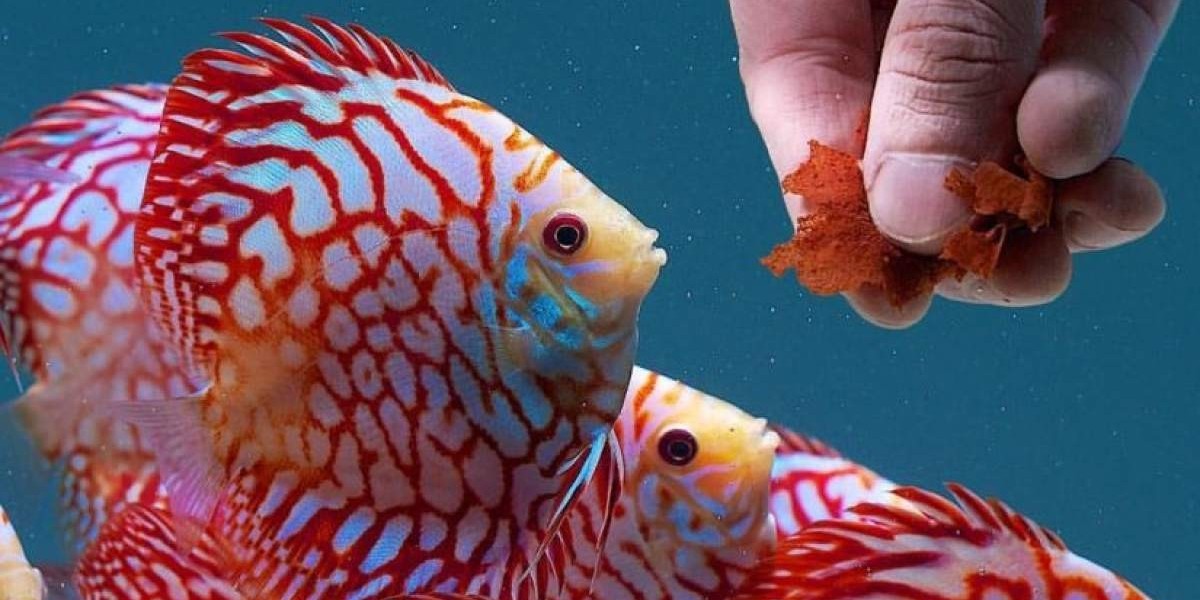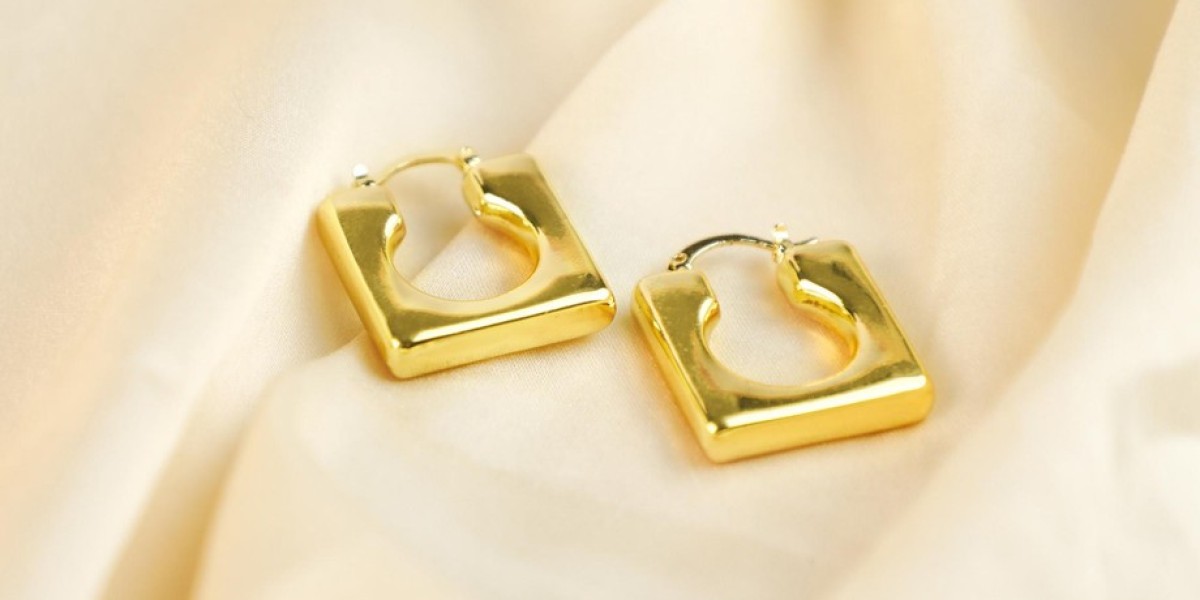Types of Feed Used for Ornamental Fish Feed
Nutritional Requirements of Ornamental Fish
Ornamental fish, like any other livestock, have specific nutritional requirements depending on their species, life stage, and environment. The three main components that make up a balanced ornamental fish feed are protein, carbohydrates, and lipids. Protein provides the building blocks for growth and repair of tissues. Fish need about 25-40% protein in their diet depending on life stage and species. Carbohydrates are the primary source of energy and provide 4-10% of the diet. Lipids also act as an energy source and provide essential fatty acids for cell membrane function, vision, and skin health. Lipids make up 5-15% of the diet. Beyond these major components, fish feeds also contain vitamins and minerals in balanced proportions to support immune function, bone health, reproduction, and overall well-being. Feeds need to be formulated specifically for each species to ensure all nutritional needs are met.
Dry Feed for Ornamental Fish
Dry feeds are one of the most common types used in ornamental fish farming due to their convenience and stability. They contain all the necessary nutrients pre-mixes and need only to be soaked before feeding. Dry feeds come in different forms like flakes, pellets, granules based on fish size and feeding preferences. Larger pellet-sized feeds work well for fish like goldfish and koi that readily consume sinking foods. Smaller flake or granule sized feeds suit fish like guppies and platies that feed near the surface. Dry feeds provide consistent nutrition when fed 2-3 times per day according to manufacturer guidelines. They have a long shelf life when stored properly and allow for accurate feeding amounts to be measured.
Live Feed for Ornamental Fish
While dry feeds fulfill nutritional needs, many ornamental fish species also require live or frozen foods as part of a varied diet. Live feeds like brine shrimp, bloodworms, tubifex worms, mosquito larvae enrich the diet with natural movement and nutrients from live prey. They stimulate hunting and foraging instincts in predatory fish keeping them active. Live food is especially important in the diet of Fry and juvenile fish as it mimics natural foods and supports optimal growth and development. Common live feeds used include brine shrimp nauplii which are hatched from brine shrimp eggs, tubifex worms and bloodworms purchased cultured or wild-collected, daphnia harvested from ponds, white worms and wingless fruit flies. While offering nutrition, live feeds should not replace balanced dry food which provides essential vitamins and minerals not available from live prey alone. No more than 25-30% of daily feeding ration should include live foods.
Prepared Freezing Food for Ornamental Fish Feed
Along with live and dry feed options, prepared frozen foods provide another nutritious feeding alternative convenient to store and use. Some common frozen ornamental fish food products include bloodworms, brine shrimp, tubifex worms, cyclops, Artemia, Daphnia and mosquito larvae frozen soon after harvesting or collection to preserve maximum nutrients. These prepared frozen foods mimic live prey movement when thawed and provide natural incentive to feed. They are stored long-term in freezers and thawed as needed for consistent nutrition. Prepared frozen foods offer convenience with the stimulation of live foods but less maintenance compared to culturing live foods. While a nutritious supplement in moderation, overfeeding prepared frozen foods without dry feed could lead to nutritional deficiencies from lack of essential vitamins and minerals. On average no more than 15-20% of daily feed budget should be prepared frozen foods.
Vegetable and Spirulina Feed for Ornamental Fish
While primarily carnivorous or omnivorous, some ornamental species like platies, swordtails, guppies and goldfish can incorporate small amounts of plant matter into their diets. Spirulina powder is one of the most commonly used plant-based ingredients added to commercial fish feeds for its high protein content between 60-70% and nutritious mixture of vitamins, minerals, carotenoids, lipids, nucleic acids and phycocyanin. Pure spirulina powder is also sold as a dietary supplement that can be added directly to feed or soaked vegetable matter to increase nutrition. Blanched vegetables like zucchini, lettuce, spinach and cucumber slices provide fiber and natural grazing. Vegetable matter makes up no more than 5-10% of the daily feed amount and is given occasionally rather than routinely to reduce risk of digestive upset. It adds natural enrichment and dietary variety primarily for herbivorous or omnivorous ornamental fish species.
Water Quality Considerations with Ornamental Fish Feed
In addition to providing proper nutrition, ornamental fish farmers must carefully manage feeding practices to support optimal water quality conditions. Overfeeding can pollute water parameters leading to ammonia spikes from excess waste. Not removing uneaten food promptly allows for bacterial blooms consuming oxygen. Tank aeration and regular partial water changes help control waste levels. Dividing daily feed amounts over multiple smaller feedings spaced 3-4 hours apart reduces leftover debris while still allowing fish opportunity to feel satiated.
Siddhi Gade
30 Blog posts



